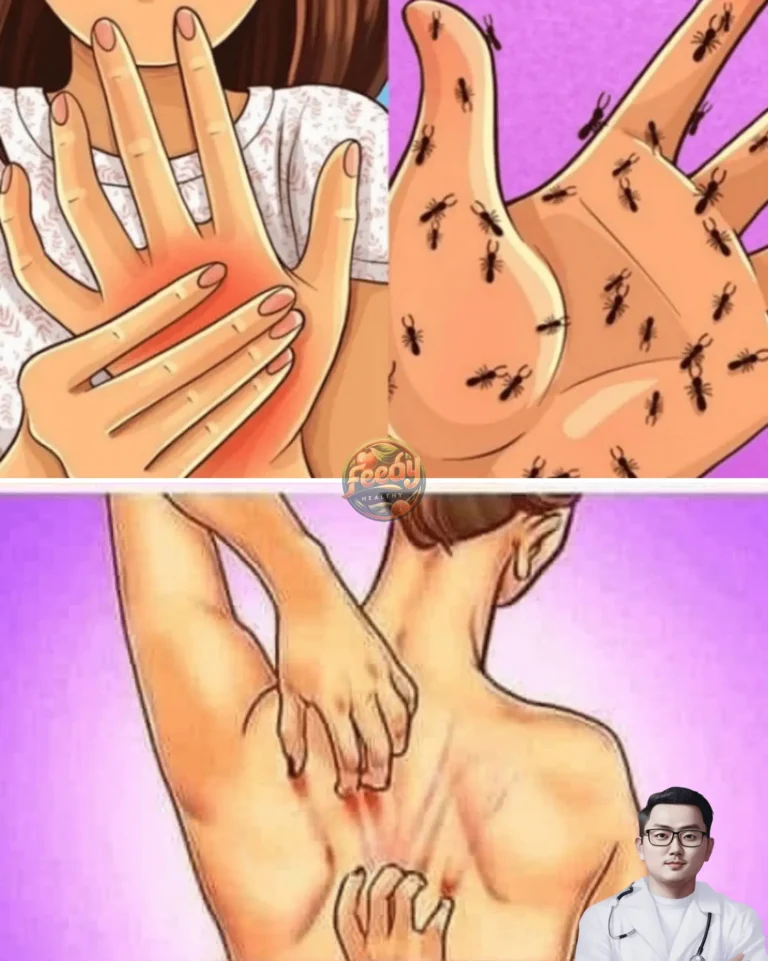A Hormone Has Been Discovered That Could Be the Key to Regenerating Amputated Limbs

The regeneration of amputated limbs has long been a dream pursued in regenerative medicine. Recent scientific discoveries may change this reality with the identification of a neuropeptide that promotes self-amputation and facilitates regeneration in animals like starfish. This discovery not only provides new insights into the biological mechanisms of regeneration but also opens the door to advanced therapies for treating human injuries.
A Hormone That Could Transform Regenerative Medicine Forever
Researchers at Queen Mary University of London have identified a neuropeptide called ArSK/CCK1, which acts as a trigger for self-amputation in the starfish species Asterias rubens. Self-amputation, a process in which these animals voluntarily detach their limbs to escape predators, is followed by an incredible regenerative ability. This discovery provides a crucial piece in understanding cellular and molecular mechanisms that could potentially be replicated in humans.
ArSK/CCK1 belongs to the sulfakinin/cholecystokinin-like neuropeptide family, which is known for regulating feeding behavior and muscle contractions. In this case, the neuropeptide induces contractions in the “constriction ring” muscles at the base of the arm, facilitating detachment and stimulating subsequent regeneration.
How Does This Hormone Work in Limb Regeneration?
The mechanism of ArSK/CCK1 is fascinating. This neuropeptide binds to specific receptors on the muscle fibers of the constriction ring, triggering contractions that initiate self-amputation. Additionally, it has been observed that it may regulate the breakdown of collagen and other connective tissue components, processes necessary for tissue regeneration.
In starfish, the regeneration process begins immediately after self-amputation. Stem cells and molecular signals at the amputation site coordinate to regenerate the lost limb. This process could inspire new therapies to promote regeneration in humans, using similar hormones to stimulate cellular and molecular mechanisms.
Preclinical Research: Promising Results
In experimental studies, injecting ArSK/CCK1 into starfish not only induced self-amputation but also accelerated regeneration. A series of tests combining mechanical stimulation and neuropeptide administration resulted in higher regeneration success rates in 85% of cases. This data highlights the potential of ArSK/CCK1 as a key mediator in regeneration.
Comparison with the related neuropeptide ArSK/CCK2 showed significantly lower effects, with only 27% regeneration success, emphasizing the functional specificity of ArSK/CCK1 and its relevance as a model for human regenerative treatments.
Regenerative Medicine: A Horizon of Possibilities
Although the discovery of ArSK/CCK1 is a major step forward, applying it to humans presents challenges. On one hand, regenerative mechanisms in starfish differ significantly from those in humans. However, understanding how this hormone regulates collagen and muscle tissue offers promising clues.
In regenerative medicine, ArSK/CCK1 could complement approaches such as stem cell therapy and 3D bioprinting of tissues. These techniques, while advanced, still have limitations such as slow regeneration times and functional tissue integration. Combining regenerative hormones with cutting-edge technologies could accelerate functional recovery in patients with limb amputations.
Conclusion
The discovery of the neuropeptide ArSK/CCK1 marks a milestone in the understanding of regeneration in animals and its potential applications in humans. While there is still a long way to go, this discovery paves the way for new treatment strategies that could revolutionize regenerative medicine.
With the continuous evolution of science, the regeneration of amputated limbs may soon shift from a distant dream to a clinical reality.







